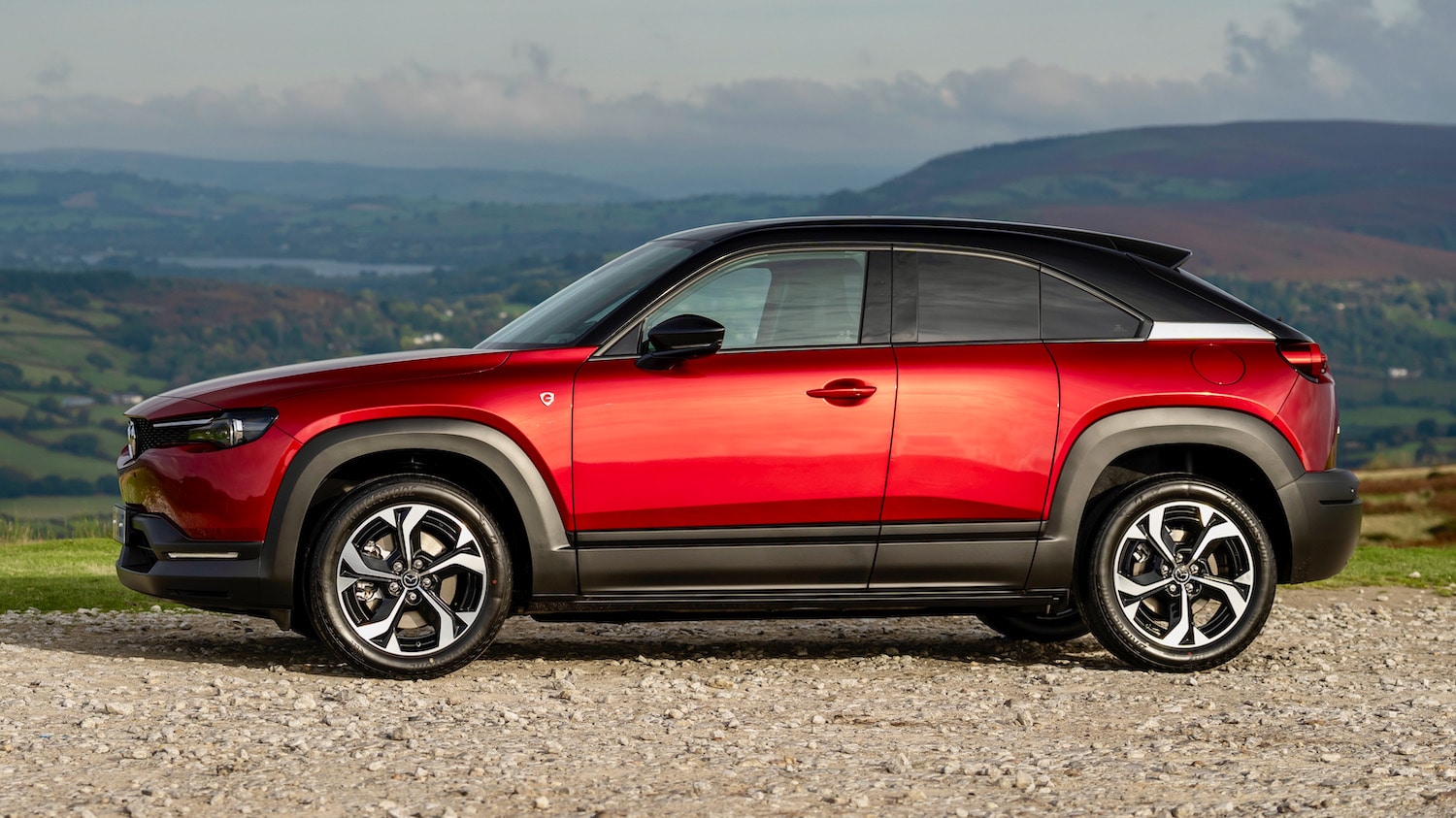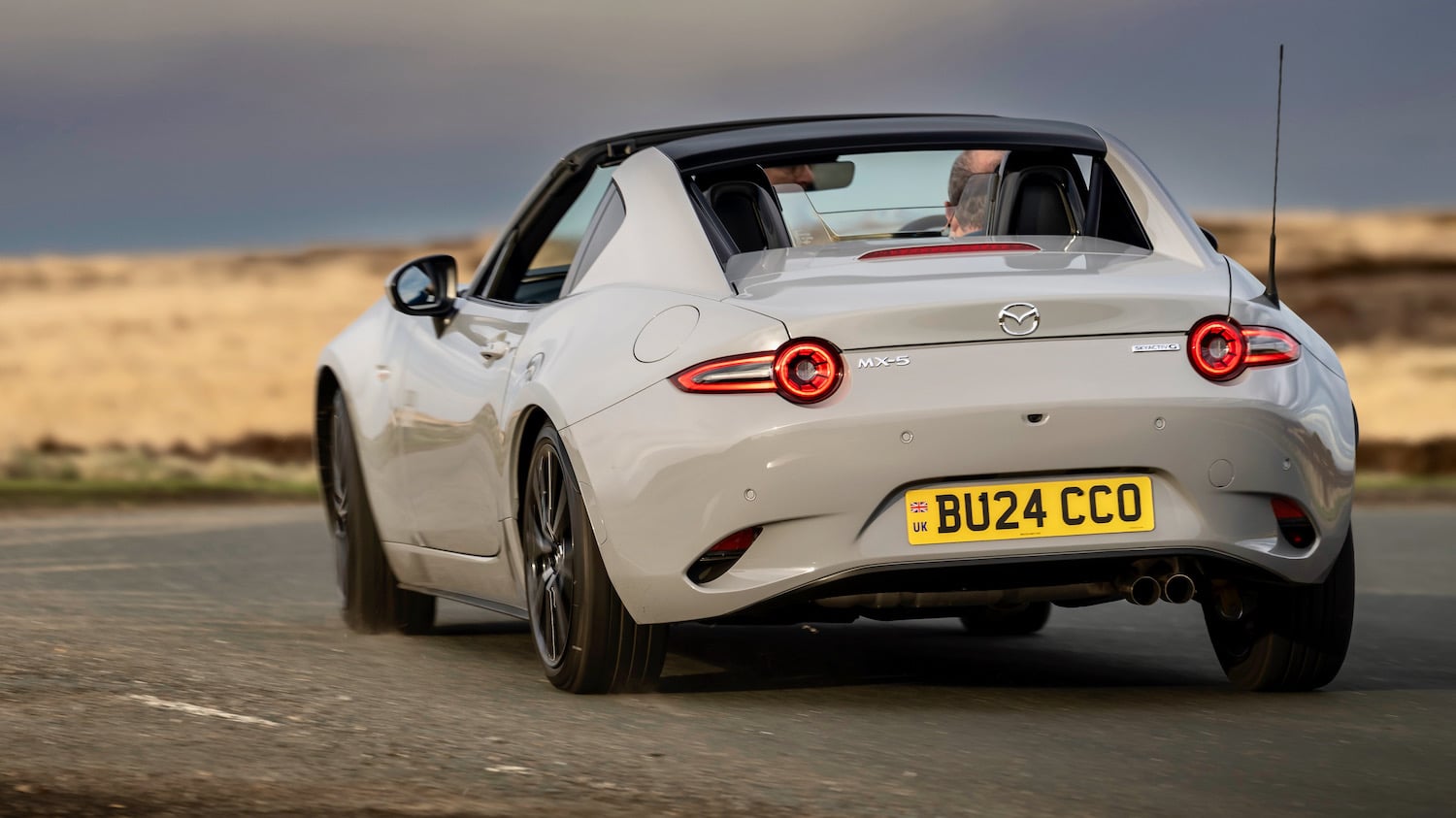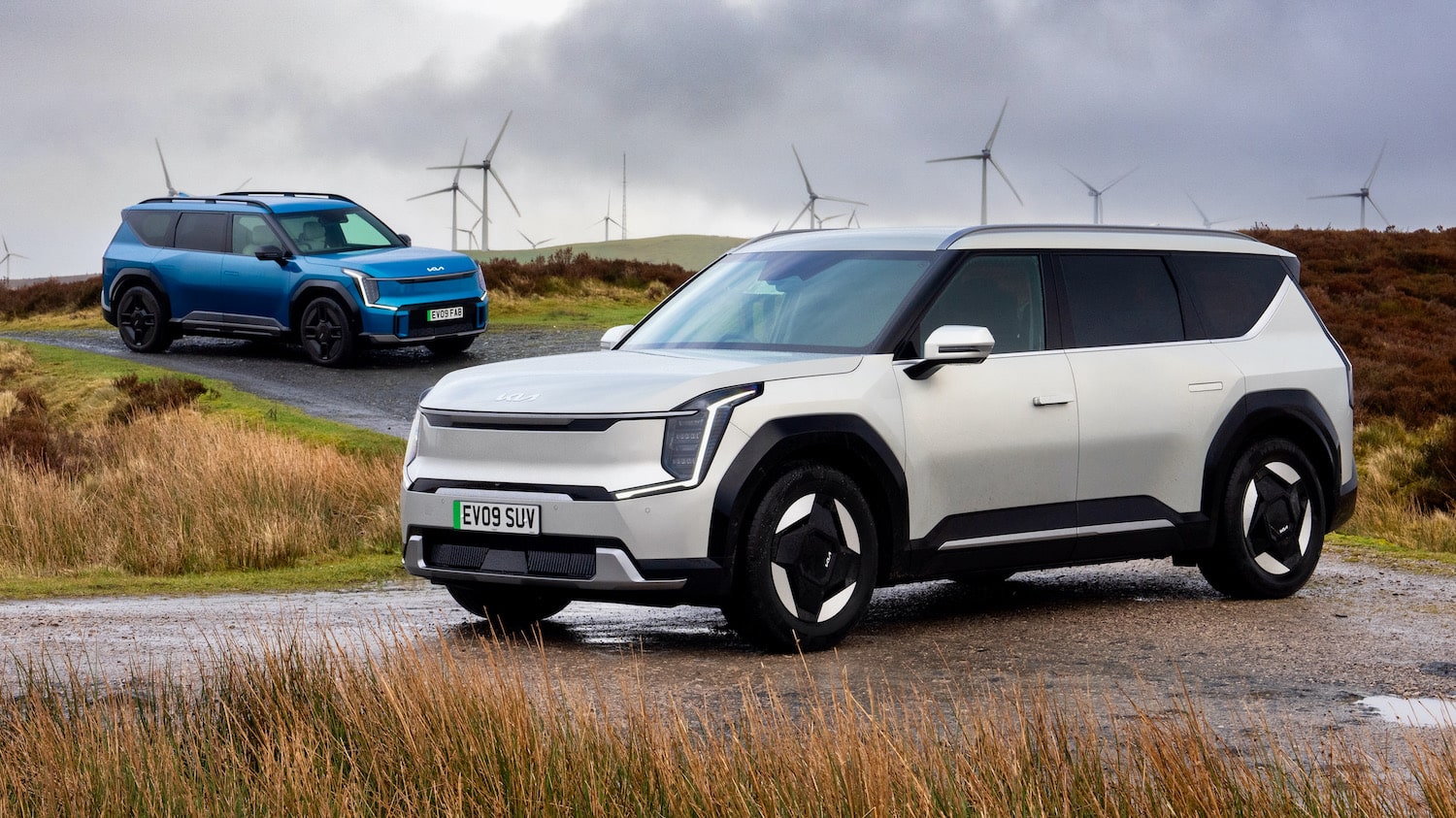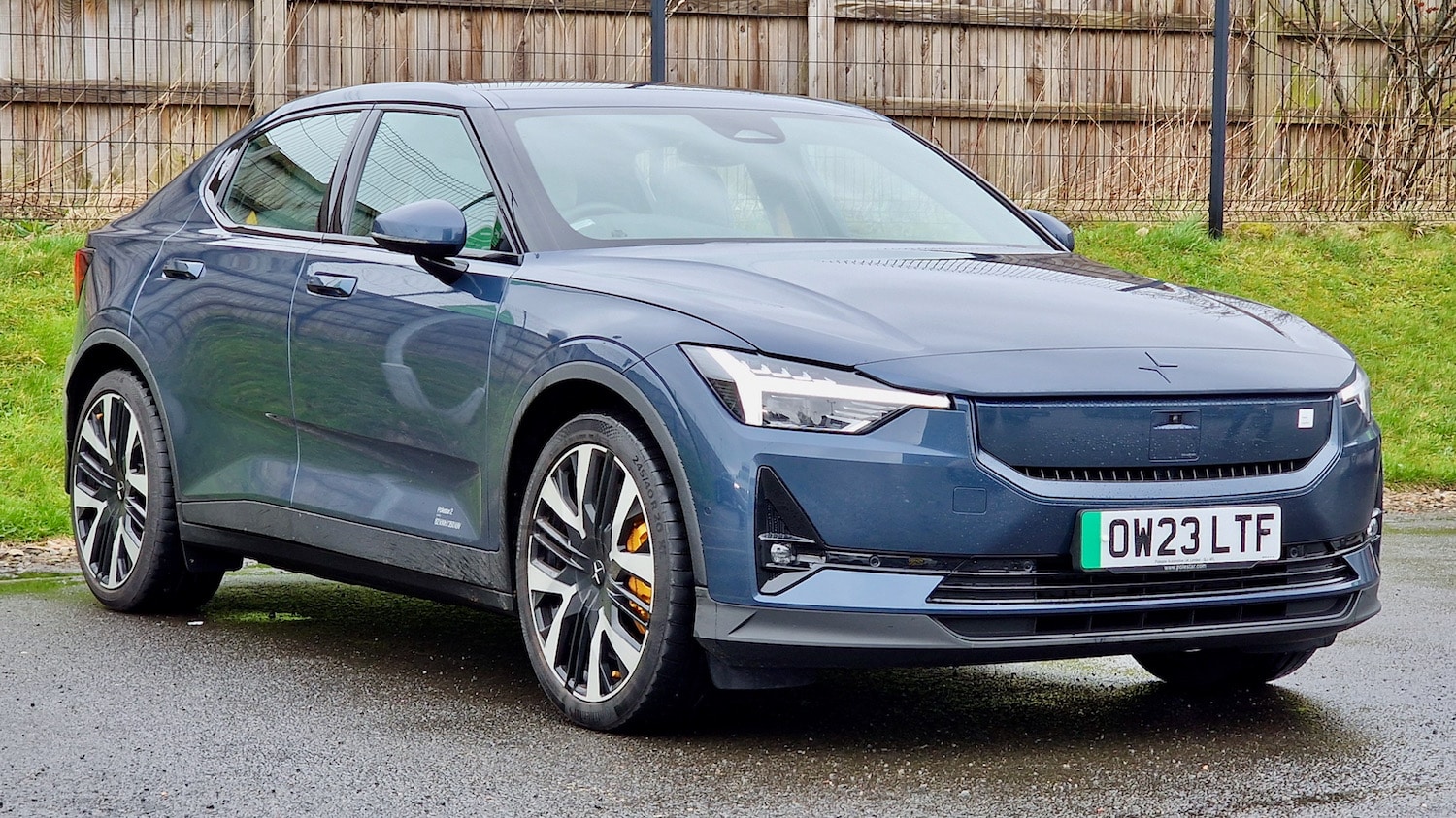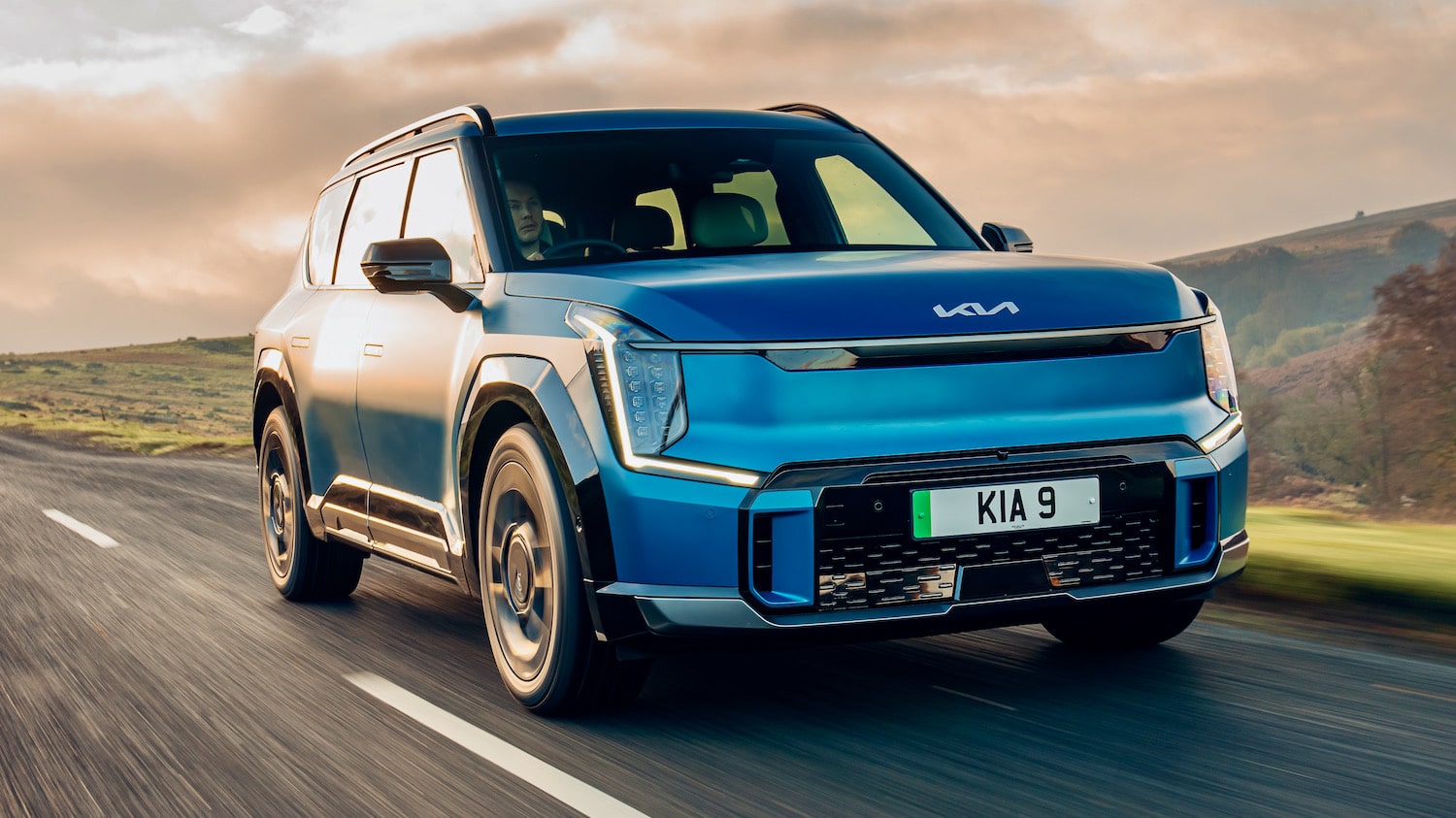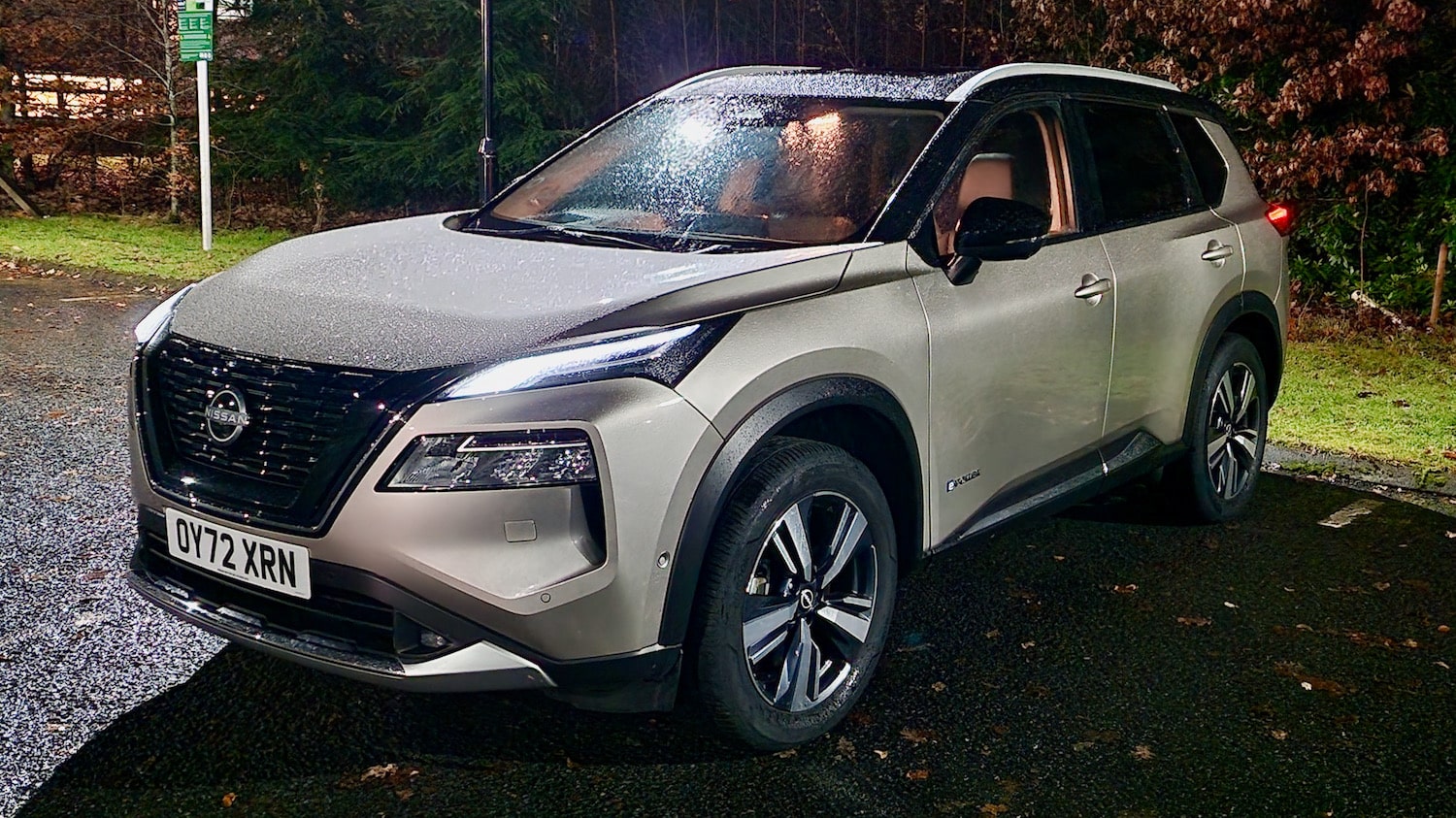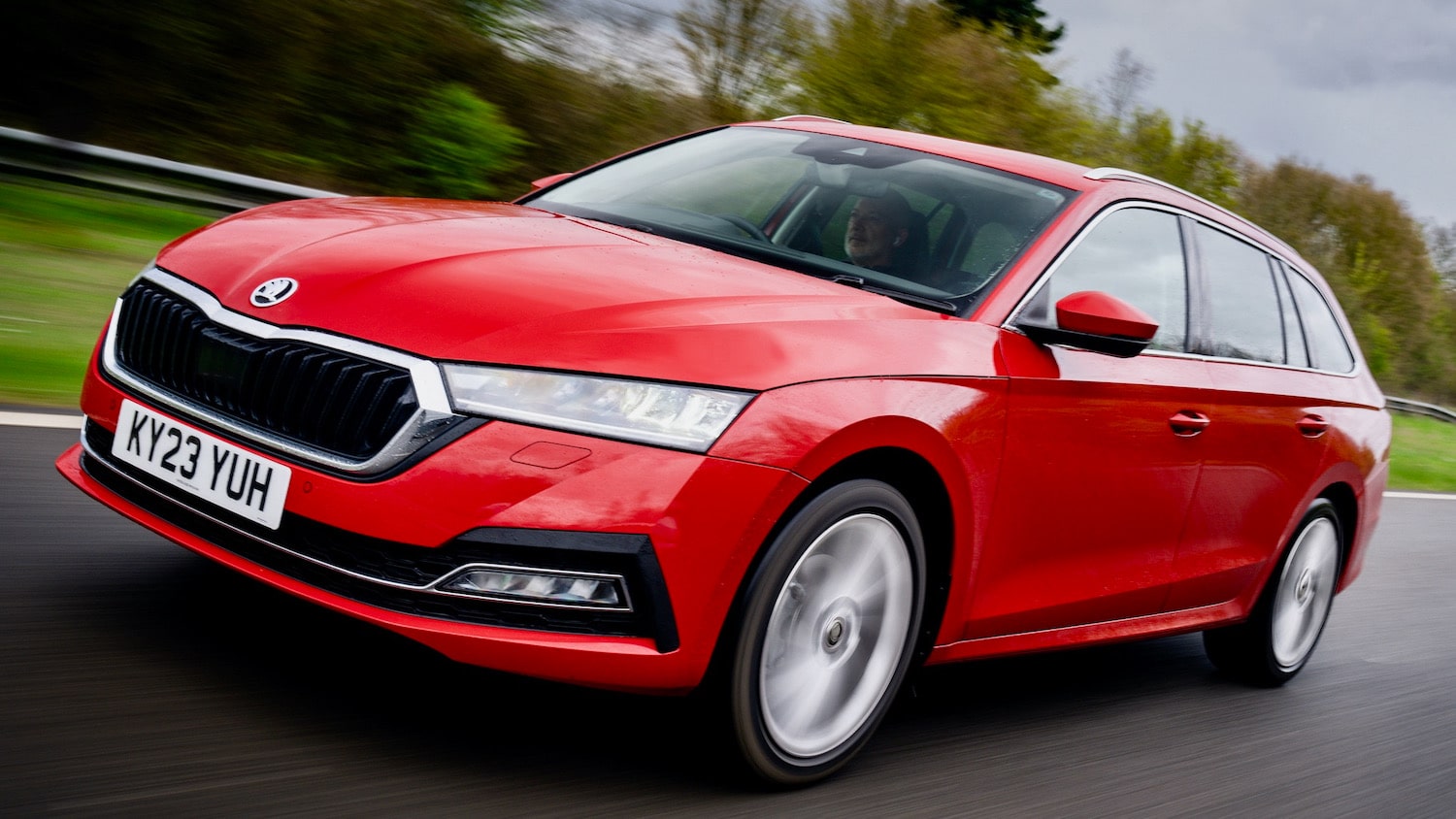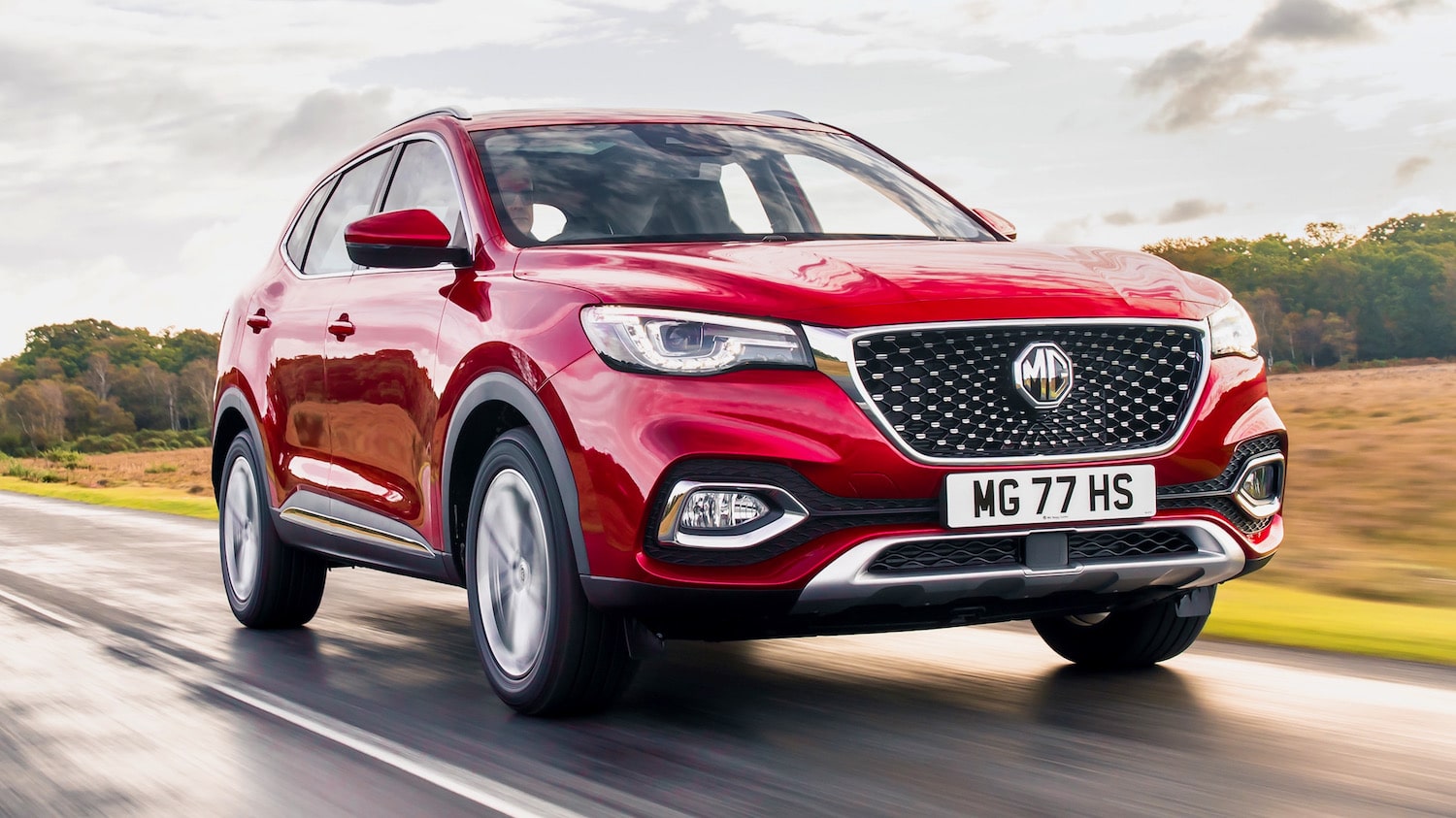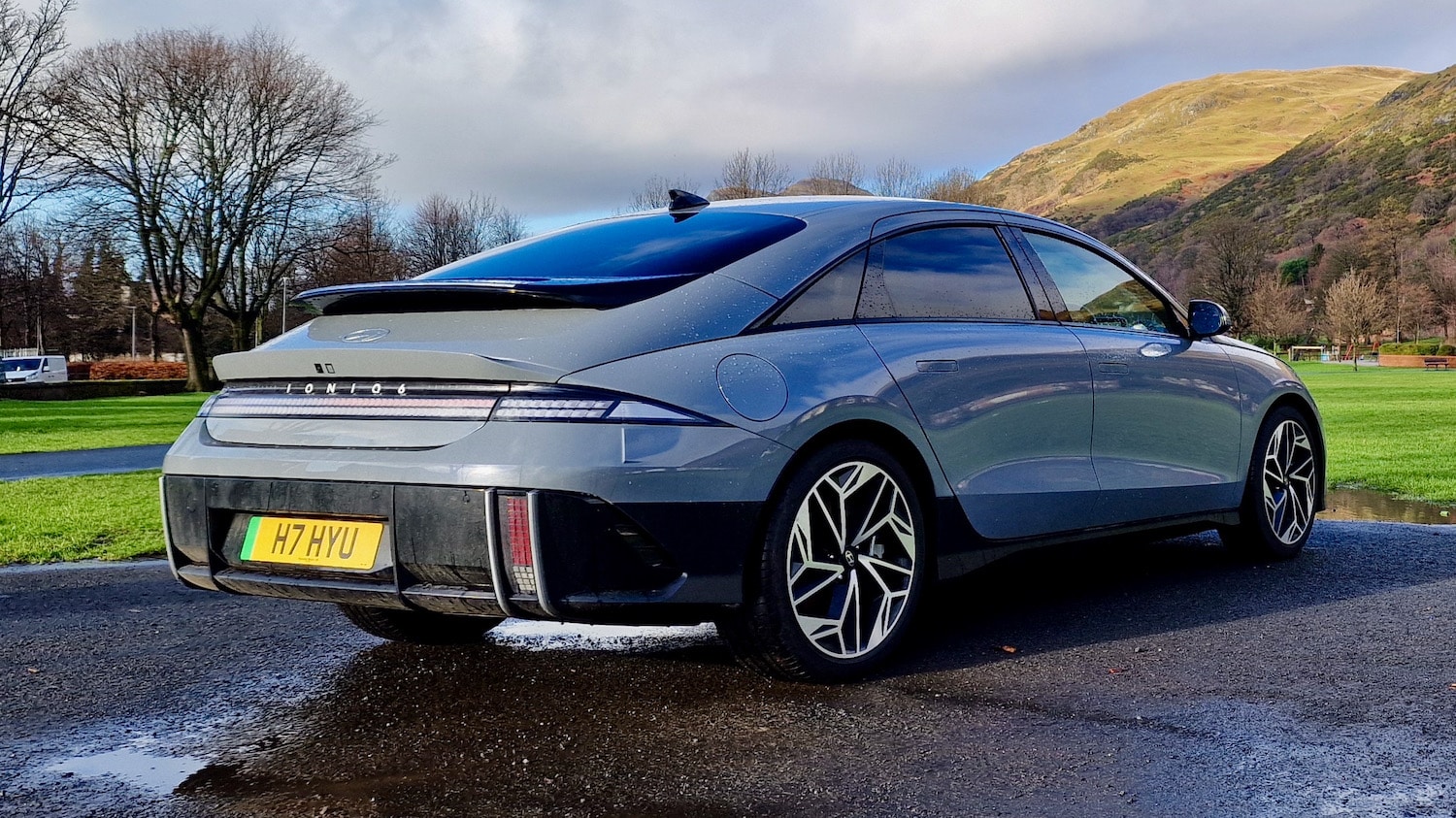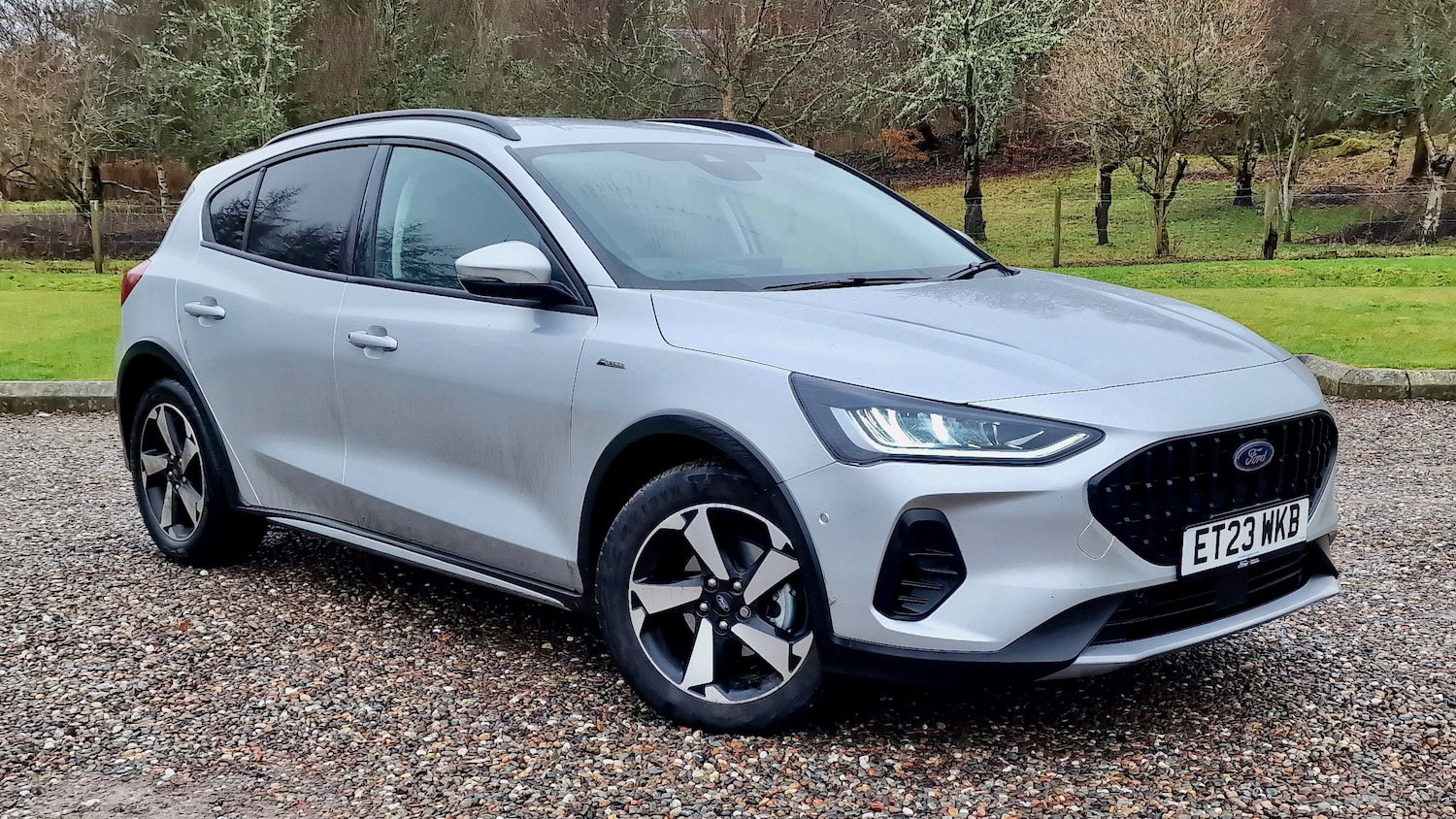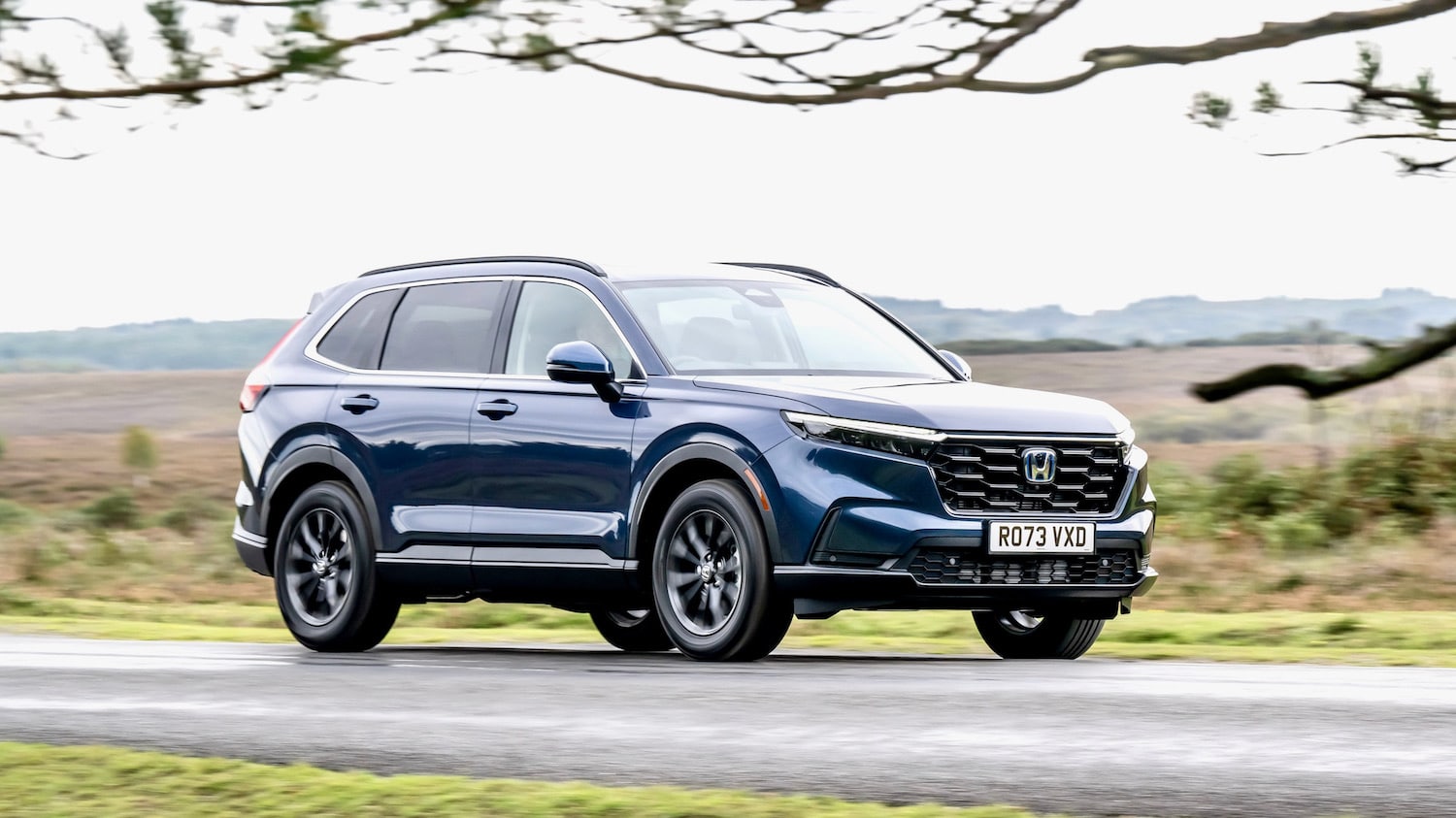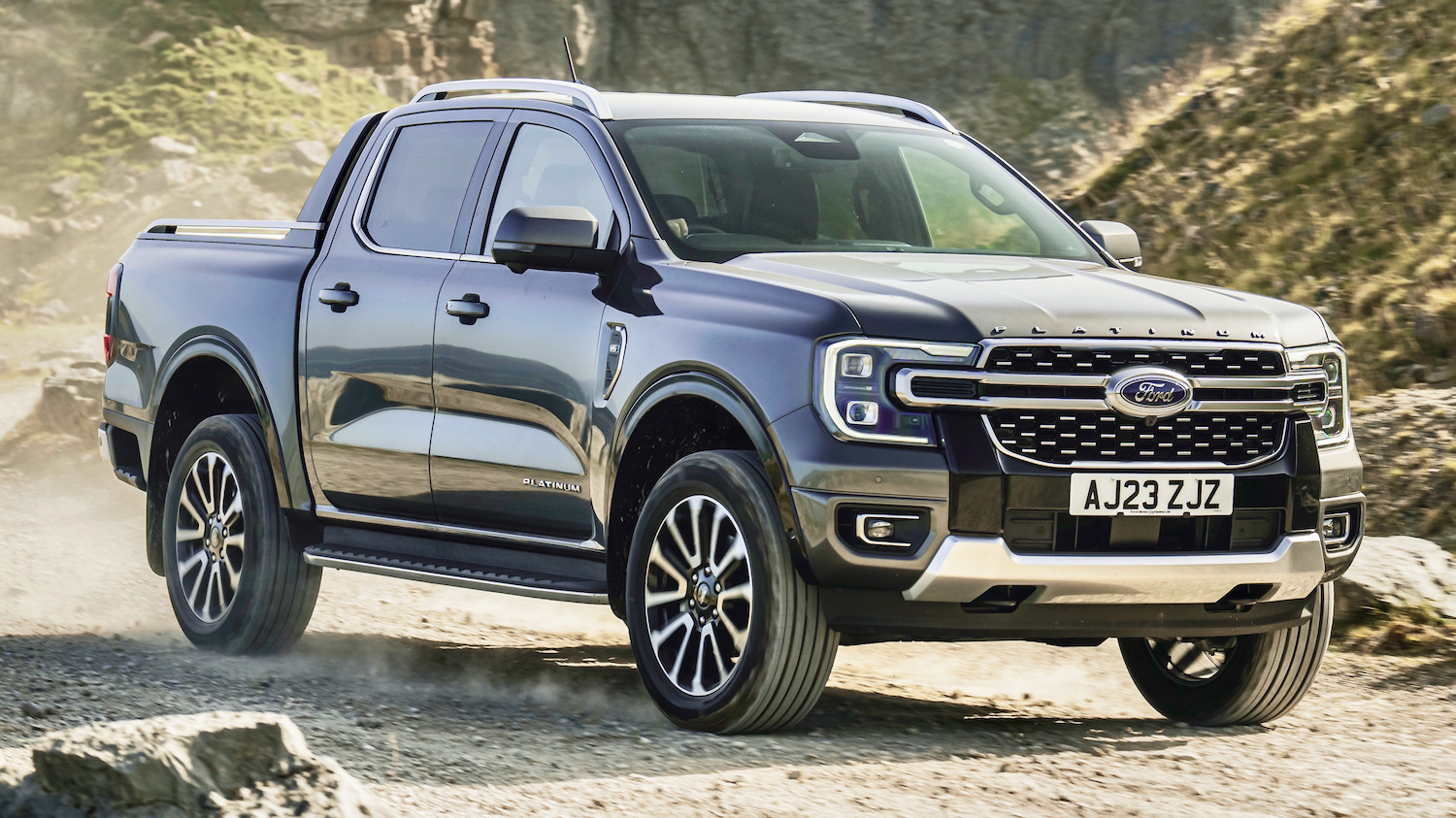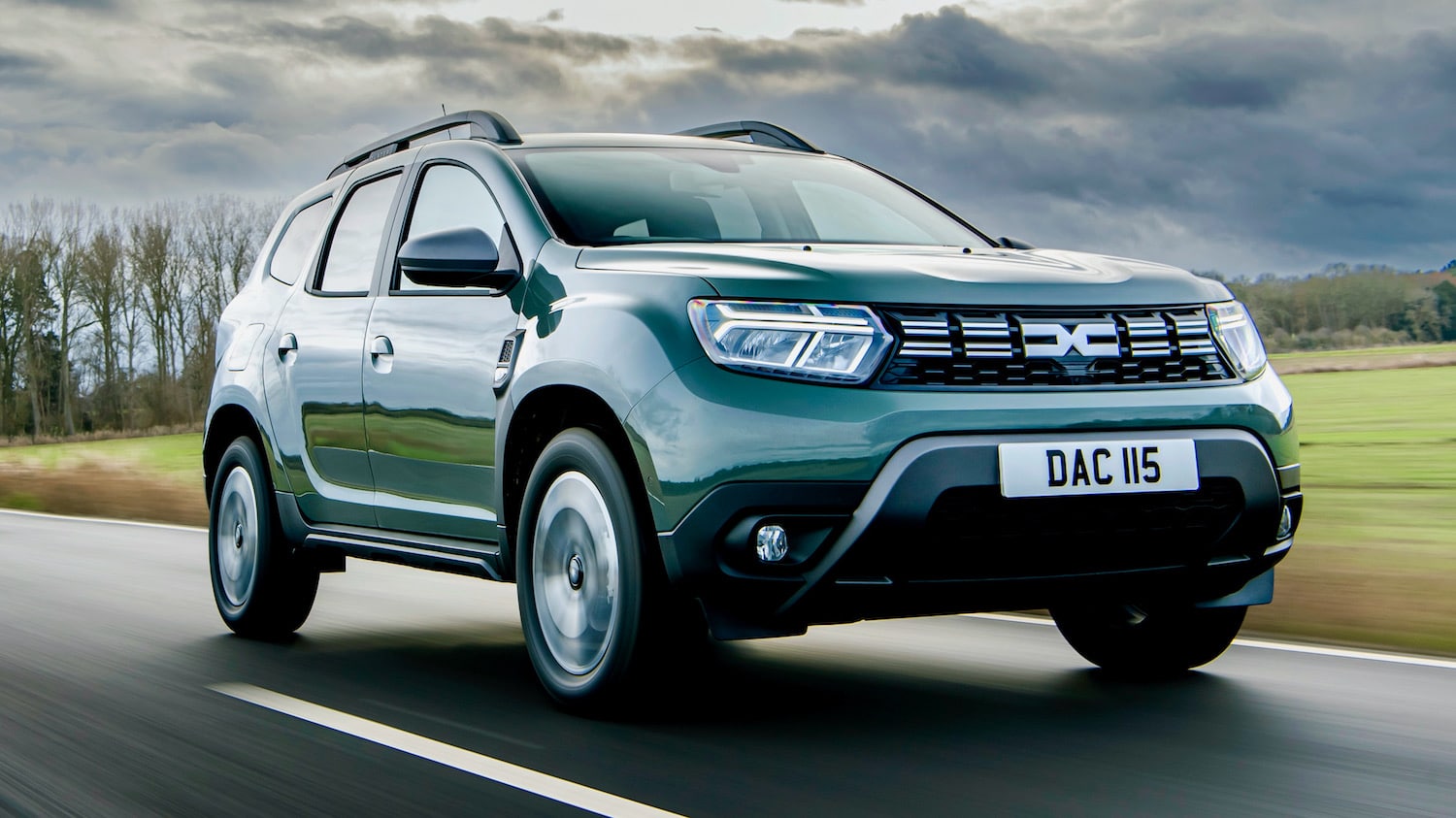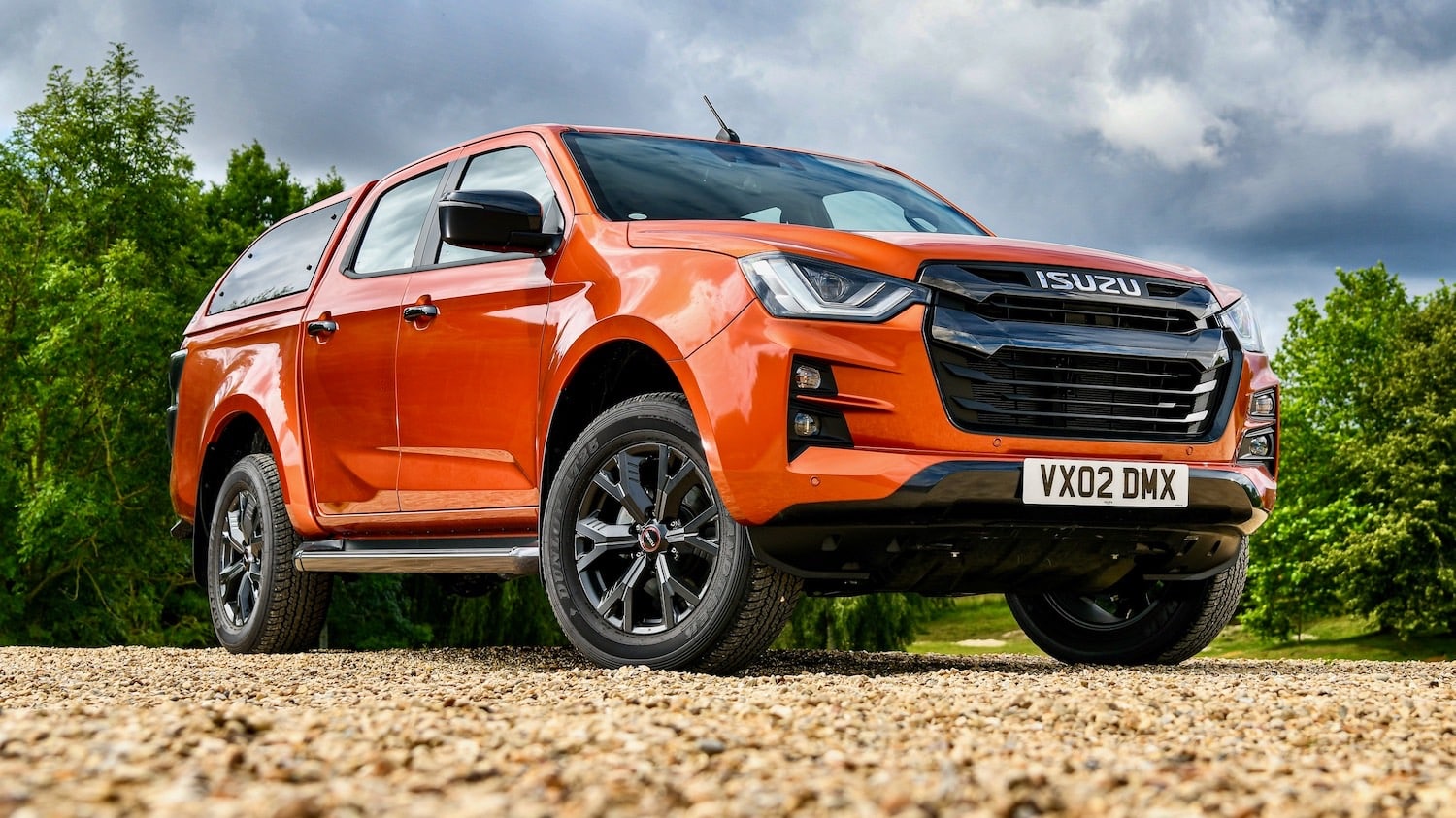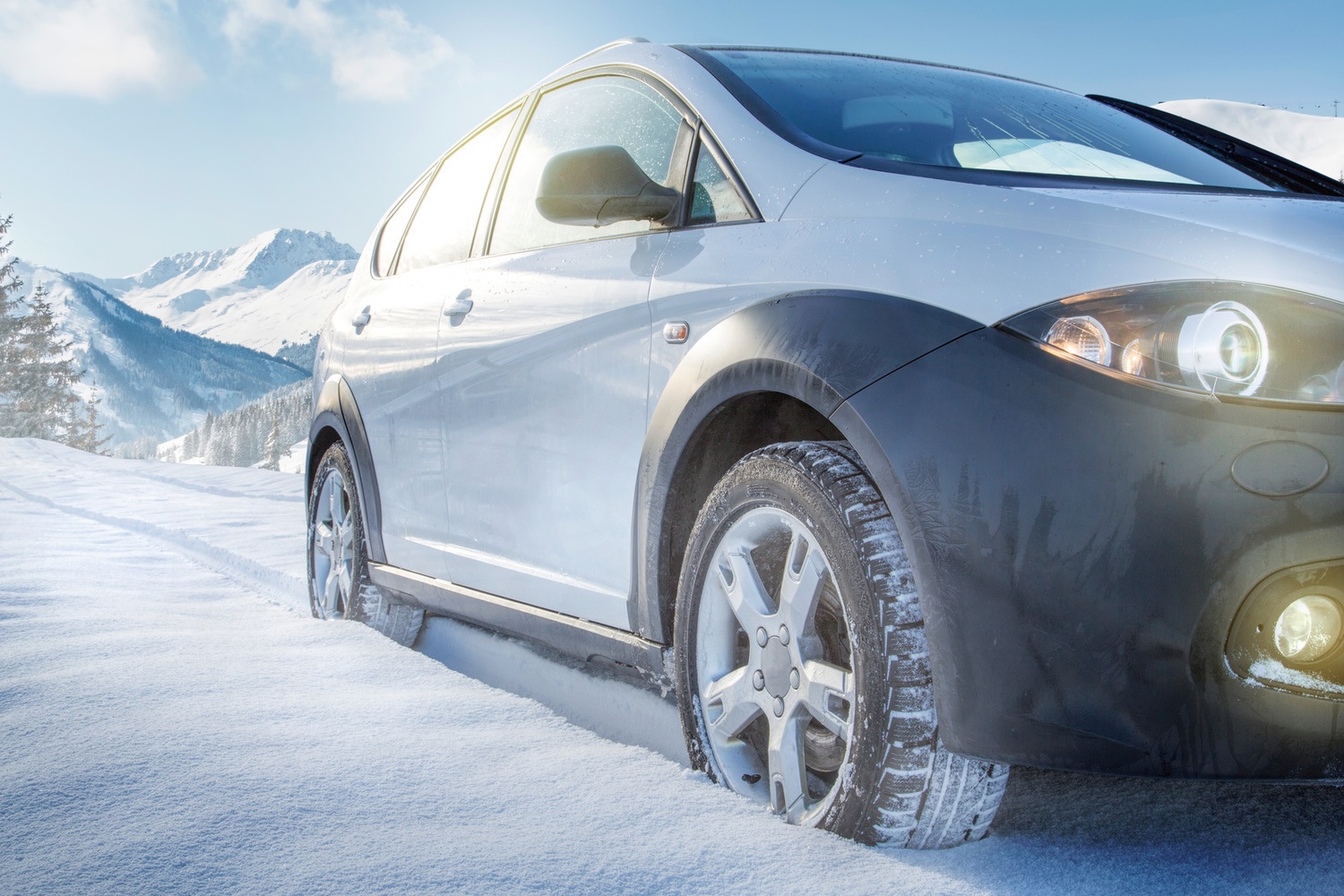Winter Is Coming… It’s High Time to Think about More Reliable Tyres
This post was sponsored by online tyre specialists MyTyres.co.uk and Tirendo.co.uk They are offering drivers tyre advice for the coming winter.
Although the snowy and icy weather is rare in the UK, it still comes inevitably and unexpectedly. Getting your car prepared for winter starts with fitting the right tyres, and winter tyres from Mytyres.co.uk are, of course, the best possible option. Although not legally required, unlike in many mainland countries, winter rubber can still save you a lot of troubles in the UK. Tirendo.co.uk, the Britain’s leading online shop of tyres and car accessories, tells about the main advantages of winter tyres and peculiarities of their use.
What’s so special about winter tyres?
Winter tyres contain more natural rubber in comparison with summer and all-season tyres, and this makes their compound softer and low temperature-resistant. At near-freezing temperatures when summer tyres’ compound usually hardens and becomes like plastic, winter rubber preserves the necessary grip to cope with snow, ice, and black ice. You can easily identify winter tyres by the sign of a snowflake (or mountains with a snowflake) they have on their sidewalls.
What makes winter tyres unbeatable in cold weather?
Superior grip. The tread of winter tyres has a more aggressive pattern (dipper grooves and bigger spaces between blocks) and additional sipes (tiny cuts) for better traction and braking. These sipes make winter rubber more flexible, and therefore, sticky due to hundreds of extra edges that grip to the pavement. This translates into the shorter stopping distance, better handling, and unbeatable safety. Summer rubber, which has more solid tread pattern, is simply incapable of providing this kind of driving safety in winter.
More snow – better grip. Grip only improves with appearance of loose snow. This is because deep grooves compact snow within and make tyres stickier to the snow on the road.
Reduced aquaplaning. Deep grooves have another important function: they help disperse water and prevent tyre aquaplaning. It works just great when roads are covered with slush.
What you should take into consideration when using winter rubber
Despite their tremendous performance in the cold season, winter tyres do have some limitations. First of all, they are designed for use at temperatures below 7 degrees Centigrade. This is when they do their best. If you try using them at warmer temperatures instead of switching over to summer rubber, you’ll expose them to a much faster wear. Moreover, they perform worse when it’s warm: stopping distance would be longer and handling would be compromised.
Winter tyres aren’t a legal requirement in the UK where winters are usually mild with very rare and short cold snaps so drivers who decide to have two sets of tyres would have more hassles. But there are two categories of drivers who would benefit a lot from a set of winter rubber. They are car owners living in the areas where roads are badly (or slowly) treated or people having new car leasing deals and wishing to get through the winter without a scathe. By the way, if you invest in another set of rims for your winter tyres, switching between sets would be much faster and easier.
